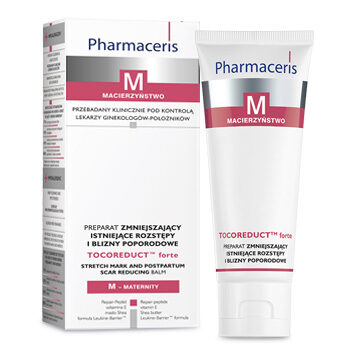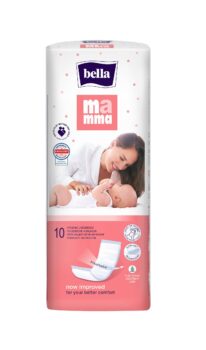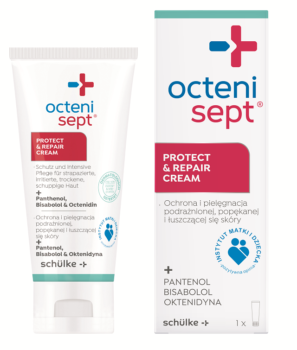Caesarean section is an operation that enables safe delivery of a child in the event that it is impossible to give birth naturally. The procedure consists in cutting the skin and subcutaneous tissues in layers and opening the abdominal cavity, and then cutting the uterine muscle to extract the newborn.
Each breach of the skin and internal organs results in the formation of scars related to the wound healing process. In this article, we advise future mothers: what do cc dissolving sutures look like, we introduce the wound healing process and indicate what is best to use for a cc scar. We invite you to read.
Caesarean section and the convalescence process
There are many factors that affect the course of cesarean section, as well as the difficulty of performing it, and thus possible complications related to the recovery process. Such factors include, but are not limited to:
- character surgery;
- mode performance of the procedure, i.e. whether it is performed urgently or planned;
- is it first surgery to open the abdominal cavity, or next;
- and in which week of pregnancy a cesarean section is performed.
There are also different ways of opening the abdominal cavity. We have the option to: transverse incision, just above the symphysis pubis and now less frequently performed: longitudinal incision, vertically in the midline of the body.
Postoperative scar after cesarean section
What all types of cesarean sections have in common is the surgical scar. The most tangible and visible on the skin, it arouses the most interest.
It is worth remembering that the scar after cesarean section also affects the organs below and in the abdominal cavity. Those sutured during the operation, as well as those that may form postoperative adhesions in the close vicinity. Examples include the bladder and the surrounding tissues.
The wound healing process after each operation is an important topic, not only from an aesthetic point of view.
The appearance of a caesarean section scar is influenced not only by the course of the operation and the operator's experience, but also by the healing process, possible inflammatory complications within the wound and individual predisposition to abnormal wound healing. However, you can influence this process to varying degrees and improve the quality and appearance of this scar, which we will talk about later in the text.













